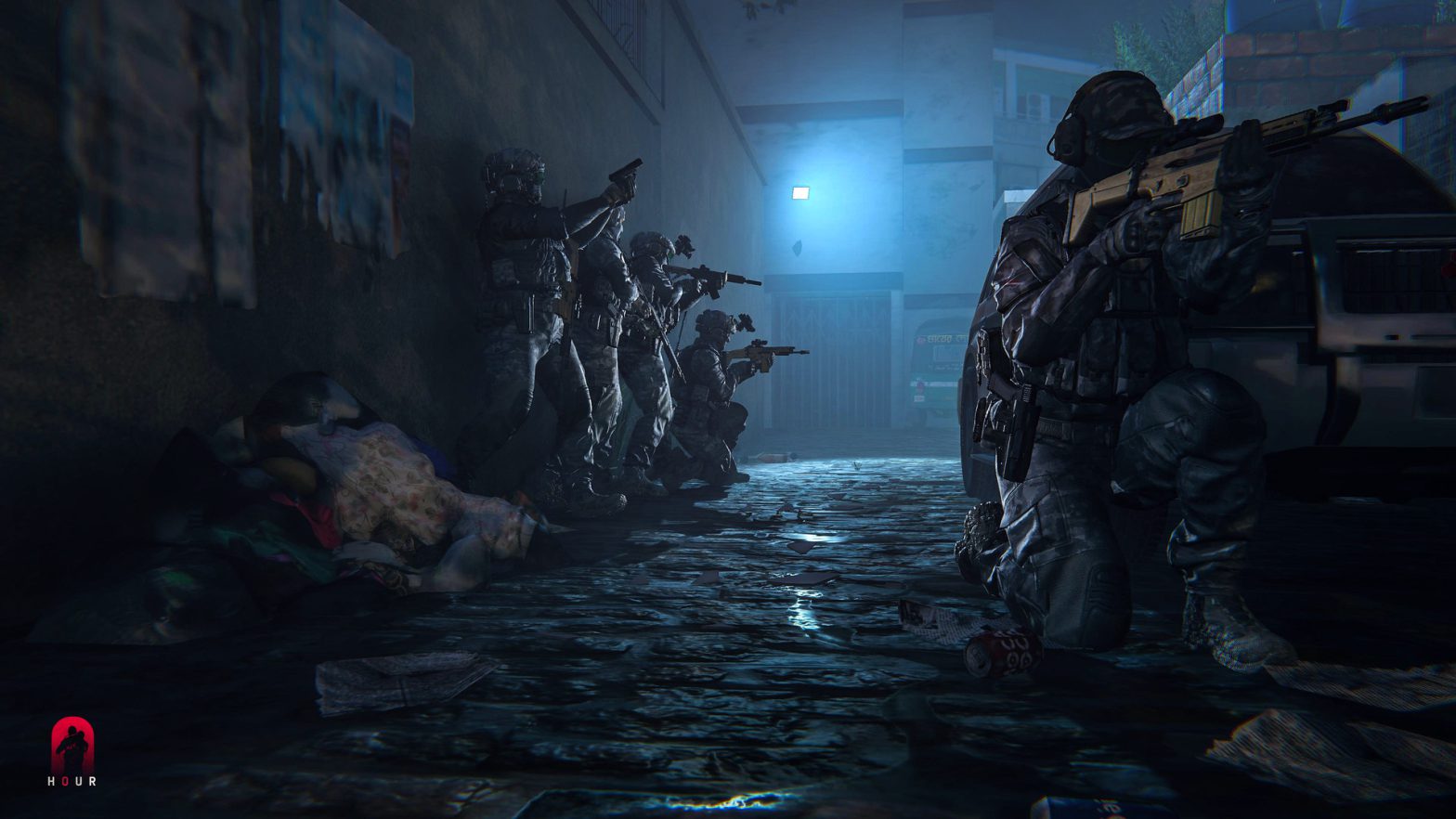Zero Hour is a lesser-known tactical shooter, it’s slow paced and full of tension with plenty of crisp and clean game mechanics to complement the experience. Most often compared to games like Rainbow Six and Ready or Not, Zero Hour is a much slower experience compared to both, even in the (somewhat dead) multiplayer. The main attraction is the campaign, where you and your special-ops buddies get to erase a bunch of masked bad guys in tactical finesse.
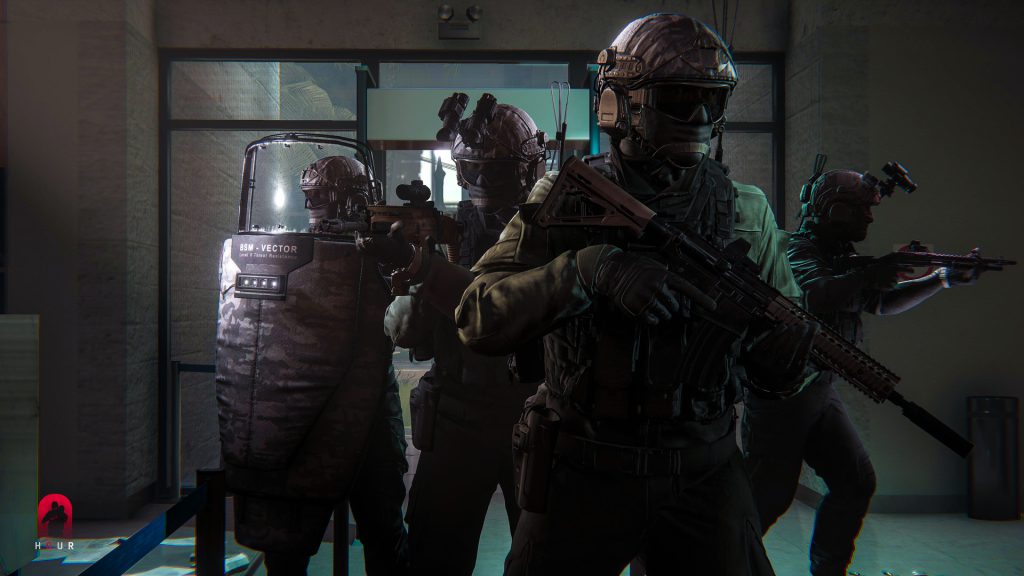
The game was developed and published by studios M7 Productions and Attrito. Information on both entities is a bit murky, but both are mostly based in Bangladesh, with the team using Unreal Engine for Zero Hour itself (though at times it can look like a Unity game.) Work began around October 2019 and has been progressing ever since, with some especially important features being implemented soon.
Zero Hour features two main modes, being the campaign co-op mode or the competitive multiplayer. As of writing, the multiplayer is pretty dead when you’re not playing with people you know, so the co-op is the main attraction until the multiplayer picks up more traction. The multiplayer was officially the first game mode to be released as the dev team worked on enemy AI for the co-op. Eventually, the co-op was also released and boosted the game’s traction considerably.
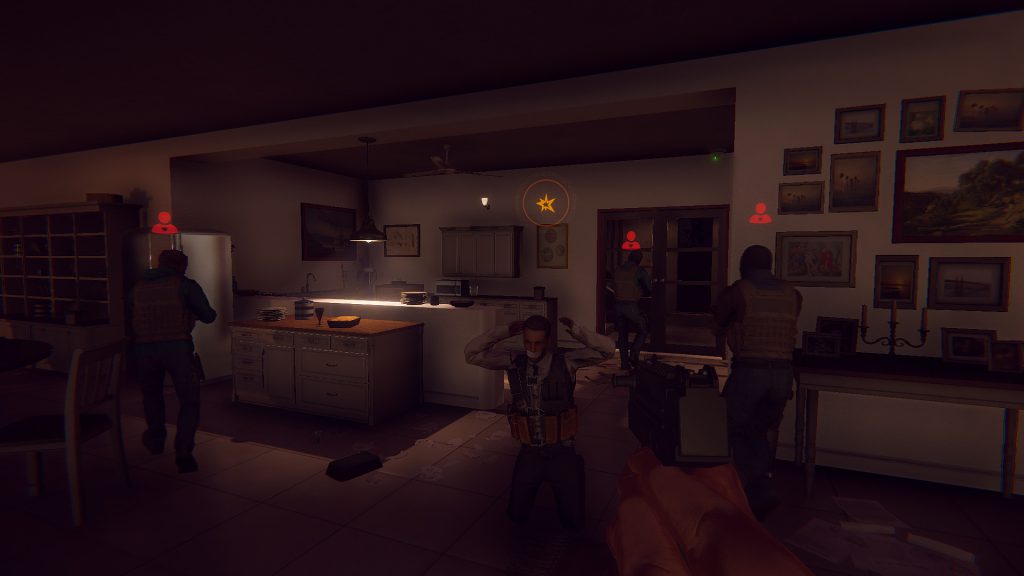
Within the campaign, you can play through different levels with unique maps – some even being larger/expanded versions of existing multiplayer maps and some being unique to the campaign entirely – that are filled with a horde of AI enemies and different objectives depending on the setting. Objectives can vary between standard modes like hostage rescue and bomb defusal to assassinating enemy leaders and securing intel. Each map has its own unique quirks, with all being very non-linear for maximum replayability. Examples being different rappel spots, sightlines to abuse and fun utility trick shot methods. My personal favourite would have to be a tie between the bank and the embassy.
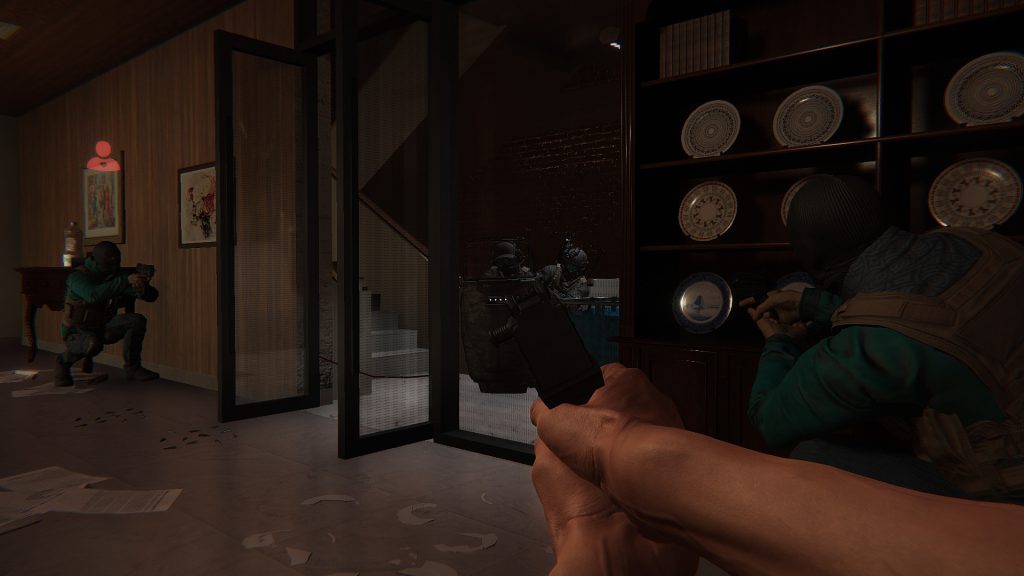
While I and many others have had a lot of fun with this game, it isn’t without its flaws. Zero Hour is a controversial game when compared to similar ones like Rainbow Six and Ready or Not due to its unfinished state and un-mod ability, as it’s actively being worked on. The game is full of all kinds of bugs and code errors, with laser accurate and robotic AI to glitch spots and game-breaking bugs. It’s also quite graphically underwhelming, as the maps lack much depth, and a lot of the assets look like free unity models. The multiplayer also has some serious issues, with some of the bugs being amplified as well as the multiplayer having few to no players at times. It’s also painfully average with some mechanics just being bare minimum keybinds and some things just not being entirely present. These things do work fine but other games do them much better.
This isn’t to say it’s a bad game, and it’s still in development so most of these critiques are excusable as the studio doesn’t have the biggest of budgets. Each month, new patches come out and fix previously game-breaking bugs, so things that prove inconvenient are quickly and consistently fixed. In terms of additions, their roadmap provides some much-needed insight into the future of the game, as more sales mean a bigger budget and more opportunities for higher quality services like motion capture animations and more remodels, as well as brand new mechanics like police dogs.
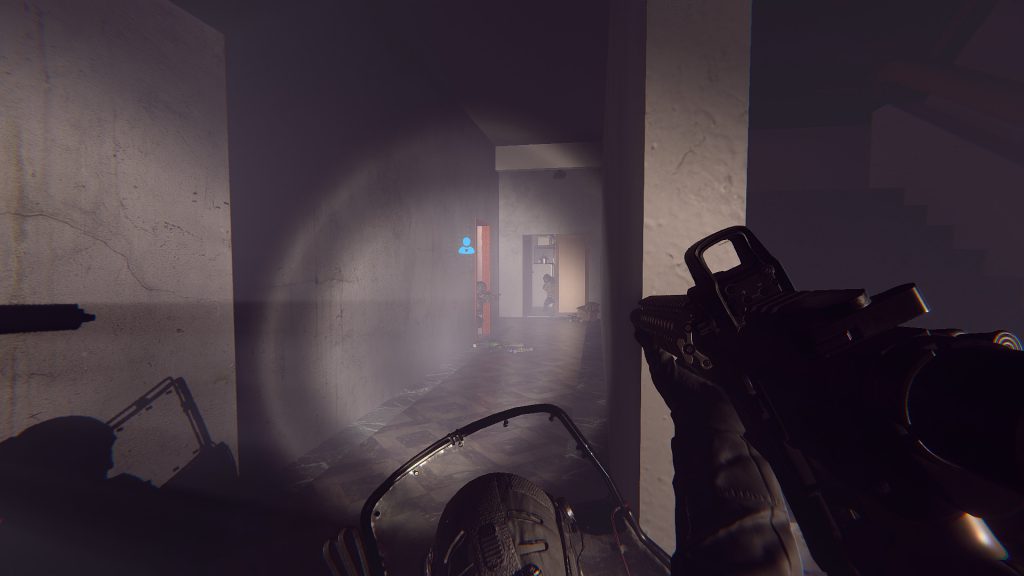
Zero Hour is, in my opinion, a very enjoyable but flawed game. It’s reasonably cheap, even dipping down to 5-7 dollars on sales, and is plenty of fun with friends. For one copy of Ready or Not, you could buy yourself and four of your friends copies of Zero Hour, which is a great deal for some budget gamenights. The notable flaws are actively being ironed out and new things are constantly being added, so there’s always something new to experiment with. If you’re short on cash or like tactical shooters, Zero Hour is a very solid option with satisfying gameplay and loads of replayability with its low price point.
